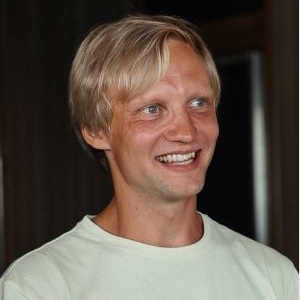Advances and Applications of Solid State Lasers
A special issue of Photonics (ISSN 2304-6732).
Deadline for manuscript submissions: 31 May 2024 | Viewed by 3088
Special Issue Editors
Interests: solid-state lasers; ultrafast lasers; high-average-power lasers; thermal effects
Special Issue Information
Dear Colleagues,
Since the invention of the laser, solid-state lasers have constantly pushed the boundaries of feasible parameters, breaking records in terms of peak power, average power, pulse duration, wavelength, bandwidth, and creating potential in a wide variety of applications.
This Special Issue aims to present the latest advances in the field of solid-state lasers and their applications, including but not limited to:
Advances in:
- High-average-power lasers;
- High-peak power lasers;
- Ultrafast lasers;
- Laser amplifiers;
- Ytterbium lasers;
- Neodymium lasers;
- Mid-IR lasers;
- UV lasers;
- Crystalline waveguide lasers;
- Laser materials;
- Thermal effects investigation and mitigation;
- Parametric conversion and high-harmonic generation.
Applications in:
- Industry;
- Medicine;
- Lab;
- Space.
Dr. Ivan I. Kuznetsov
Dr. Ivan Buchvarov
Guest Editors
Manuscript Submission Information
Manuscripts should be submitted online at www.mdpi.com by registering and logging in to this website. Once you are registered, click here to go to the submission form. Manuscripts can be submitted until the deadline. All submissions that pass pre-check are peer-reviewed. Accepted papers will be published continuously in the journal (as soon as accepted) and will be listed together on the special issue website. Research articles, review articles as well as short communications are invited. For planned papers, a title and short abstract (about 100 words) can be sent to the Editorial Office for announcement on this website.
Submitted manuscripts should not have been published previously, nor be under consideration for publication elsewhere (except conference proceedings papers). All manuscripts are thoroughly refereed through a single-blind peer-review process. A guide for authors and other relevant information for submission of manuscripts is available on the Instructions for Authors page. Photonics is an international peer-reviewed open access monthly journal published by MDPI.
Please visit the Instructions for Authors page before submitting a manuscript. The Article Processing Charge (APC) for publication in this open access journal is 2400 CHF (Swiss Francs). Submitted papers should be well formatted and use good English. Authors may use MDPI's English editing service prior to publication or during author revisions.
Keywords
- high-average-power lasers
- high-peak power lasers
- ultrafast lasers
- laser amplifiers
- ytterbium lasers
- neodymium lasers
- diode-pumped lasers
- crystalline waveguides
- mid-IR lasers
- UV lasers
- thermal effects
- faraday isolators
- laser applications






